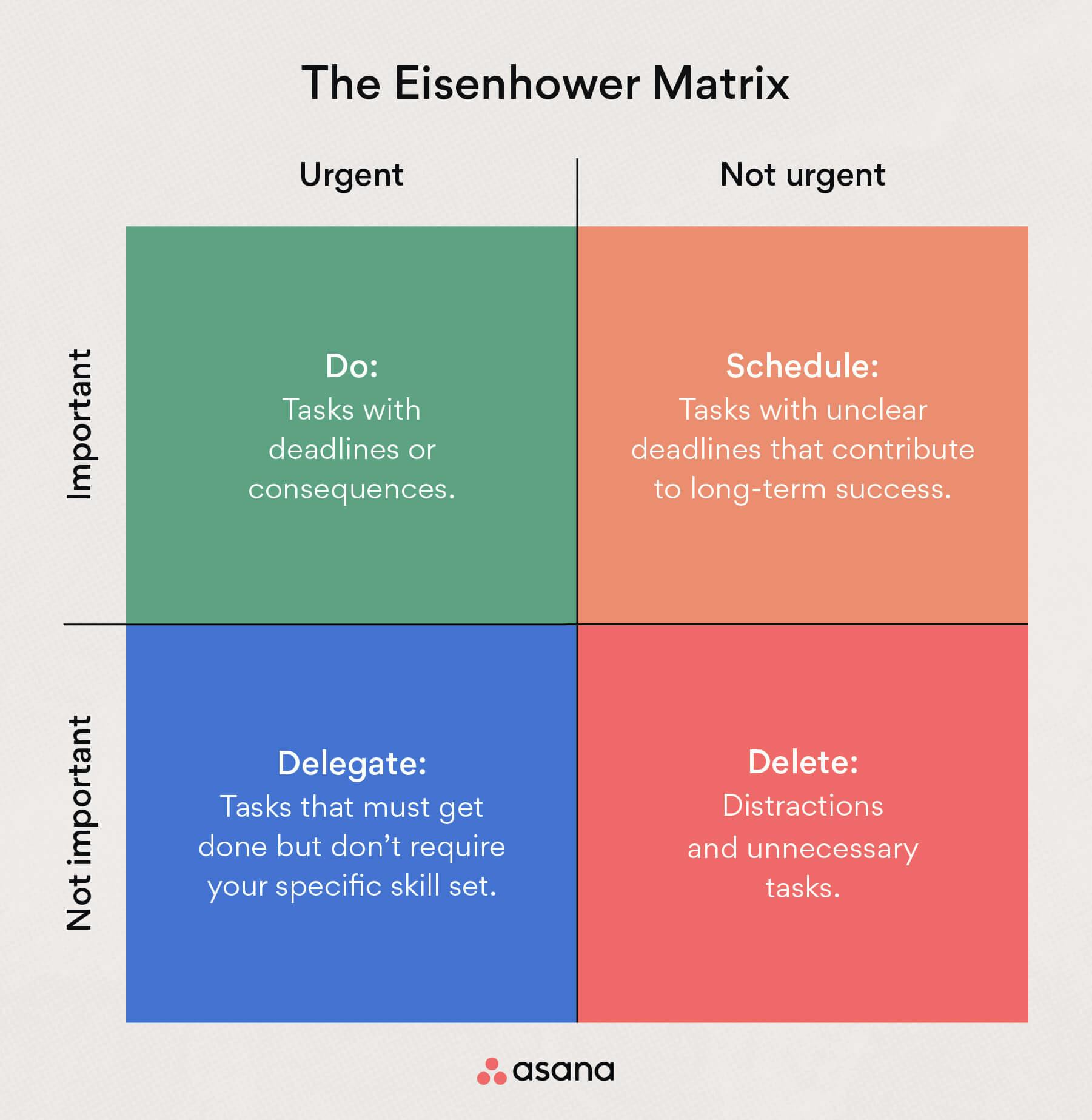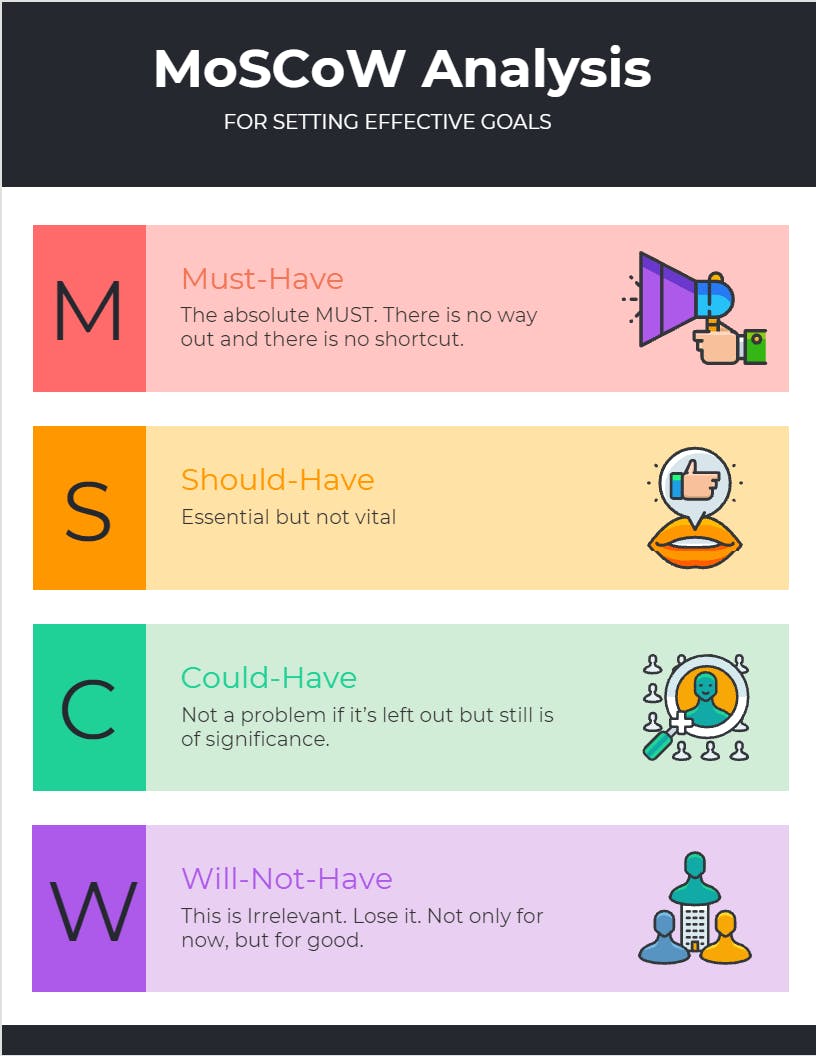4 Prioritization Frameworks Every Product Manager Should Know
Table of contents
No headings in the article.
One of the most difficult challenges for product managers is figuring out how to balance feedback and re-prioritize things. Your users' interpretation (which includes customers, partners, and internal stakeholders) is a haystack of information, but it is still from a limited perspective. That is why we have a variety of frameworks that address all of these issues and aid in the incorporation of strategic thinking into the product prioritization process. In this article, we will go over four of the most popular product prioritization frameworks in depth.
1.
Eisenhower Matrix — Importance vs. Urgency
 [Image courtesy of asana]
[Image courtesy of asana]
The Eisenhower matrix, also known as Eisenhower Box or Urgent-Important matrix, is a framework developed by President Dwight Eisenhower which helps in prioritizing high-stakes features or backlogs by categorizing them based on their urgency and importance.
Quadrant I: Urgent and Important. Do it right away.
Quadrant II: Important and Not Urgent. Plan and Schedule to do it.
Quadrant III: Not Important but Urgent. Delegate it to the team.
Quadrant IV: Neither Important nor Urgent. Delete it.
2. Value vs Complexity
 [Image from productfolio]
[Image from productfolio]
The Value vs Complexity framework examines each product initiative or feature through two lenses: the potential value it could deliver for the client as well as the company, and the effort (time and limited development resources at your disposal) required to successfully complete/execute the initiative. When plotted inside a quadrant structure, your Value vs Complexity matrix will have the four quadrants listed below.
Quick wins are those with a high value and a low complexity. These initiatives have almost certainly already been completed or addressed in some way.
Major projects and strategic initiatives are of high value and complexity. The majority of your company's and product's initiatives fall into this category.
Fill-ins are of low value and complexity. Does not require immediate attention and can be pursued later when sufficient resources are available.
Thankless tasks have a low value but a high complexity. Simply throw it away.
3. MoSCoW Analysis
 [Image from Projectcubicle]
[Image from Projectcubicle]
As seen in the self-explanatory table above, the MoSCoW Analysis framework divides product attributes into four primary areas. Cross-functional teams frequently engage in brainstorming exercises to determine and agree on the placement of each feature within the framework, as various features may have distinct value propositions.
4. RICE Scoring
 [Image from sudonull]
[Image from sudonull]
RICE is a product prioritizing ranking approach that considers four factors: reach, impact, confidence, and effort. Number of users who will be directly affected by this feature in a given timeframe. This could refer to the number of new leads or website visits.
What kind of impression or experience does it leave on the customers?
What is the scale that we intend to use?
What kind of impression or experience does it leave on the customers?
What scale are we going to use to quantify the same?
How sure are we that the reach and impact scores are accurate? To address this question, we use percentages.
Effort: How much time and effort can we devote to this project? The effort could be measured in man-hours or weeks spent on the endeavor. The main advantages of utilizing a scoring model are that it removes personal biases, empowers us to make better-informed (data-informed) decisions, and allows us to support our conclusions with appropriate information.

